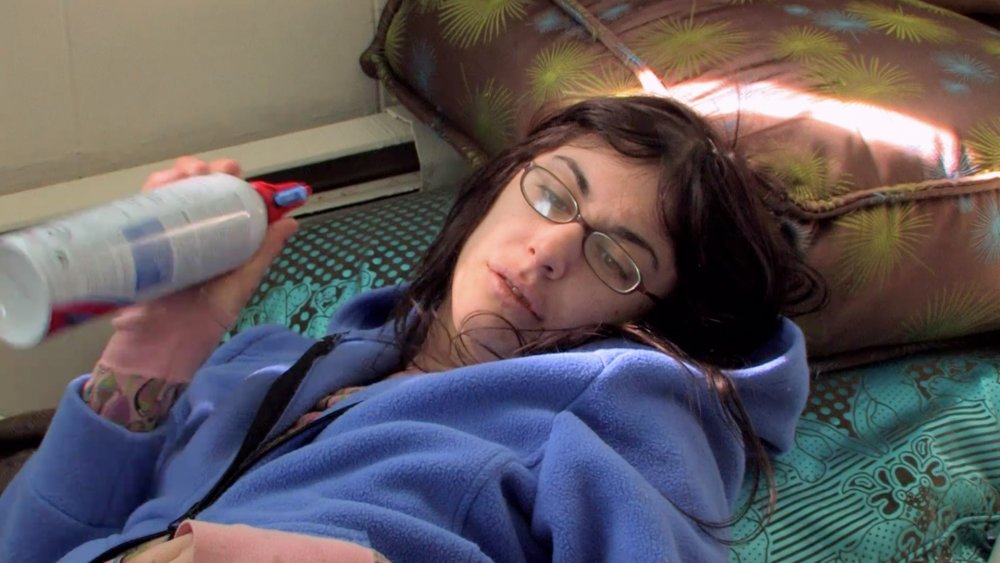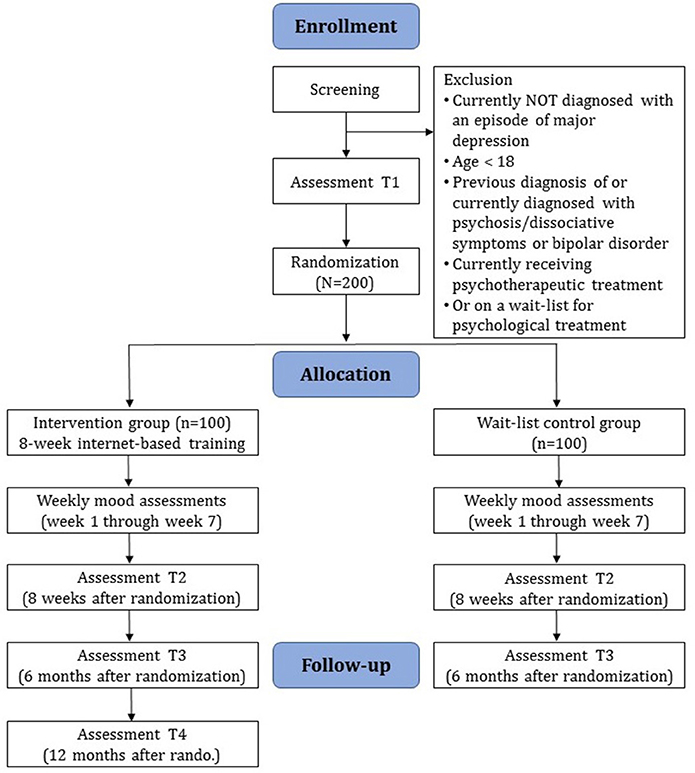

ADHD is defined as a “persistent pattern of inattention or hyperactivity-impulsivity that is more frequently displayed and more severe than is typically observed in individuals at a comparable level of development.” It is the most commonly diagnosed psychiatric disorder in children. Īttention-deficit/hyperactivity disorder ( ADHD or AD/HD) is a neurobehavioral developmental disorder. German psychiatrist Karl Leonhard split the classification again in 1957, employing the terms unipolar disorder ( major depressive disorder) and bipolar disorder. The term "manic-depressive illness" or psychosis was coined by German psychiatrist Emil Kraepelin in the late nineteenth century, originally referring to all kinds of mood disorder. A relationship between mania and melancholia had long been observed, although the basis of the current conceptualisation can be traced back to French psychiatrists in the 1850s. The current term "bipolar disorder" is of fairly recent origin and refers to the cycling between high and low episodes (poles). People with bipolar disorder exhibiting psychotic symptoms can sometimes be misdiagnosed as suffering from schizophrenia, another serious mental illness. There are widespread problems with social stigma, stereotypes and prejudice against individuals with a diagnosis of bipolar disorder. In serious cases in which there is a risk of harm to oneself or others involuntary commitment may be used these cases generally involve severe manic episodes with dangerous behavior or depressive episodes with suicidal ideation. Psychotherapy also has a role, often when there has been some recovery of stability. Bipolar disorder is often treated with mood stabilizer medications, and sometimes other psychiatric drugs. Genetic factors contribute substantially to the likelihood of developing bipolar disorder, and environmental factors are also implicated.

In some cases it can be a devastating long-lasting disorder in others it has also been associated with creativity, goal striving and positive achievements. Episodes of abnormality are associated with distress and disruption, and an elevated risk of suicide, especially during depressive episodes. Diagnosis is based on the person's self-reported experiences, as well as observed behavior.

List of intervention episodes alcohol full#
The onset of full symptoms generally occurs in late adolescence or young adulthood. The disorder has been subdivided into bipolar I, bipolar II, cyclothymia, and other types, based on the nature and severity of mood episodes experienced the range is often described as the bipolar spectrum.ĭata from the United States on lifetime prevalence varies, but indicates a rate of around 1 percent for Bipolar I, 0.5 to 1 percent for Bipolar II or cyclothymia, and between 2 and 5 percent for subthreshold cases meeting some, but not all, criteria. Extreme manic episodes can sometimes lead to psychotic symptoms such as delusions and hallucinations. These episodes are usually separated by periods of "normal" mood, but in some individuals, depression and mania may rapidly alternate, known as rapid cycling. Individuals who experience manic episodes also commonly experience depressive episodes or symptoms, or mixed episodes in which features of both mania and depression are present at the same time. Bipolar disorder, also known as manic depression, manic depressive disorder or bipolar affective disorder, is a psychiatric diagnosis that describes a category of mood disorders defined by the presence of one or more episodes of abnormally elevated mood clinically referred to as mania or, if milder, hypomania.


 0 kommentar(er)
0 kommentar(er)
